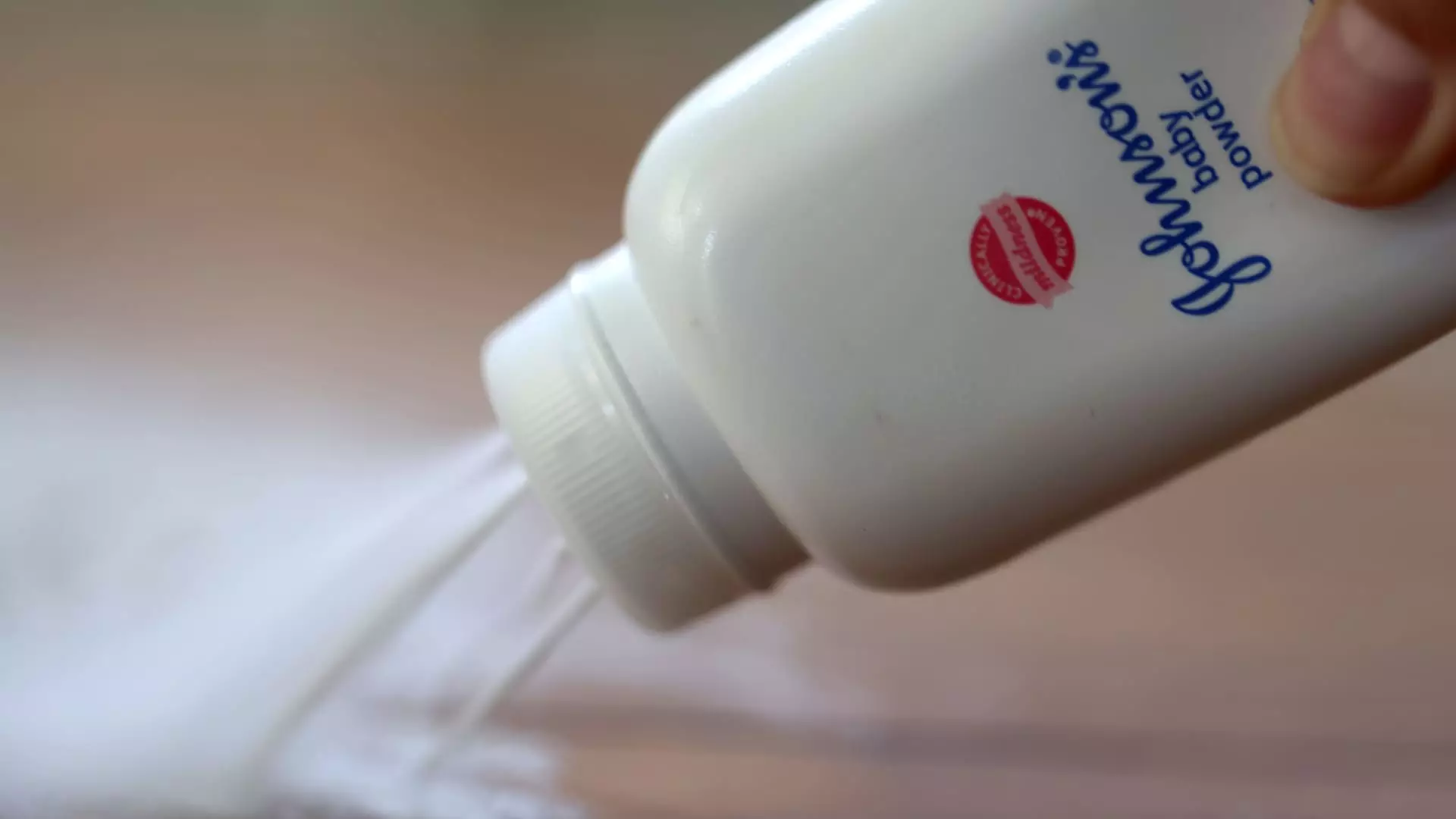Johnson & Johnson (J&J) has recently announced its plan to pay $6.5 billion over a period of 25 years to settle the majority of the lawsuits in the U.S. related to its talc-based products allegedly causing ovarian cancer. This move comes after years of legal battles and negative publicity surrounding the safety of J&J’s talc baby powder and other talc products. The company asserts that its products are safe for consumers, despite the plethora of lawsuits claiming otherwise. The settlement, pending approval by the claimants, aims to resolve the majority of talc-related lawsuits that J&J has been facing, with approximately 99% of these lawsuits pertaining to ovarian cancer.
Financial Implications for Johnson & Johnson
The settlement has prompted J&J to record a charge of around $2.7 billion in the first quarter to increase its reserve for talc claims to about $11 billion. This financial burden has been a significant challenge for the company, leading to the decision to settle the lawsuits through a third bankruptcy filing of one of its subsidiary companies, LTL Management. Previous attempts by J&J to resolve the lawsuits through bankruptcy have been unsuccessful, but the company remains hopeful that this new settlement plan will be approved by the claimants. J&J will be initiating a three-month voting period for the claimants to obtain the necessary 75% support threshold for the bankruptcy settlement to proceed, effectively ending the litigation and preventing future lawsuits.
During a call with investors, J&J executives expressed confidence in the settlement plan, emphasizing that it is in the best interest of the claimants. Erik Haas, J&J’s worldwide vice president of litigation, defended the settlement as a more favorable outcome for claimants compared to a trial. He highlighted the challenges faced by claimants in recovering damages through litigation, pointing out that most claimants have not and may never see their day in court due to the lengthy legal process. Despite some substantial verdicts in favor of claimants, including a $2 billion award for 22 women attributing their ovarian cancer to asbestos in J&J’s talc products, the company sees the settlement as a more effective way to address the lawsuits.
While the majority of the lawsuits relate to ovarian cancer, J&J has acknowledged that there are still pending cases involving mesothelioma, a rare form of cancer, which will be addressed separately from the current settlement plan. The company has indicated that it has already resolved 95% of mesothelioma lawsuits thus far. Additionally, J&J has reached settlements with more than 40 states over claims of misleading patients about the safety of its talc products. Furthermore, agreements have been made to settle claims brought by suppliers of its talc, such as Imerys Talc America and Cyprus Mines Corporation, and their affiliated parties.
Overall, the settlement of talc lawsuits by Johnson & Johnson marks a significant step towards resolving a longstanding legal issue for the company. The financial implications, response from claimants and executives, as well as the status of remaining lawsuits and other settlements, all indicate a complex and challenging process ahead. The outcome of the settlement and its impact on future litigation involving J&J’s talc products will be closely monitored in the coming months and years.

